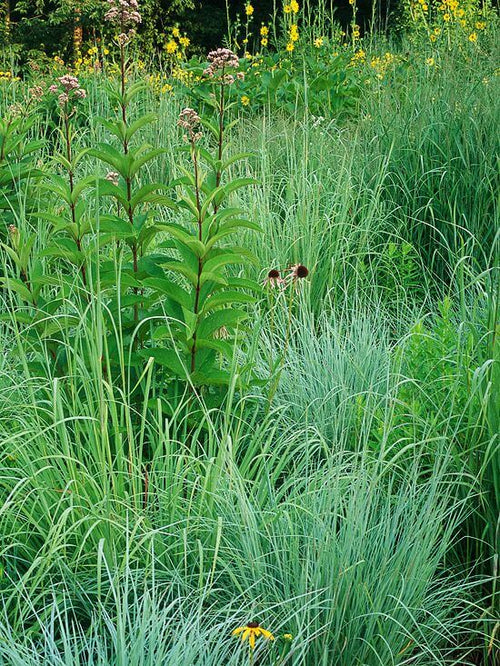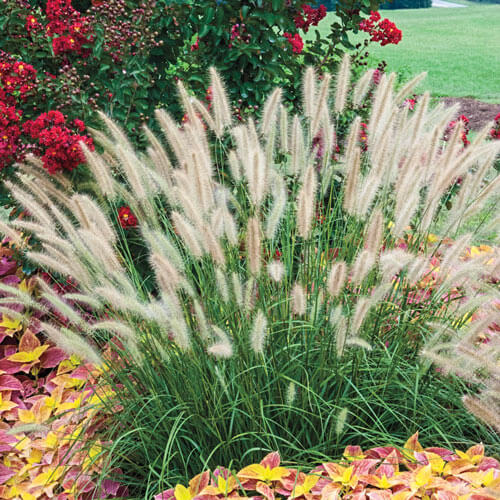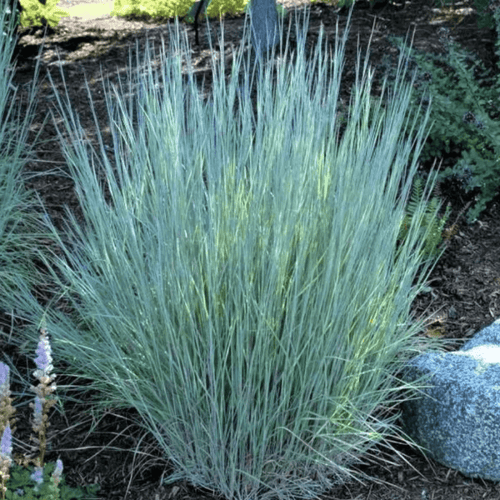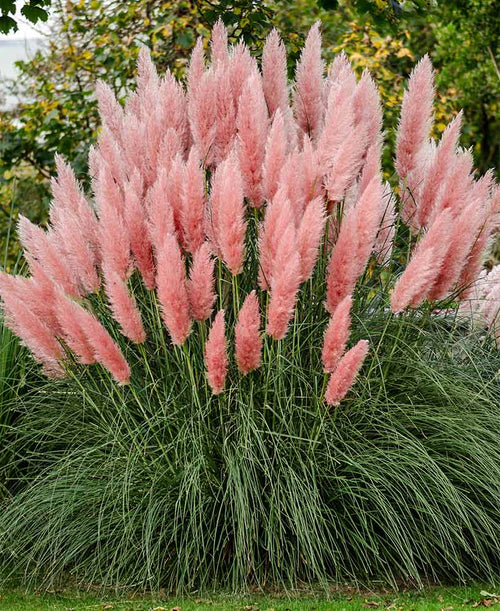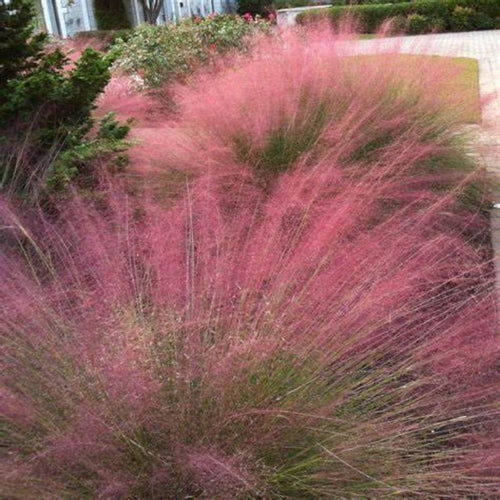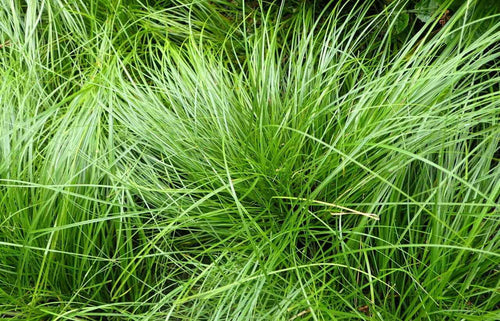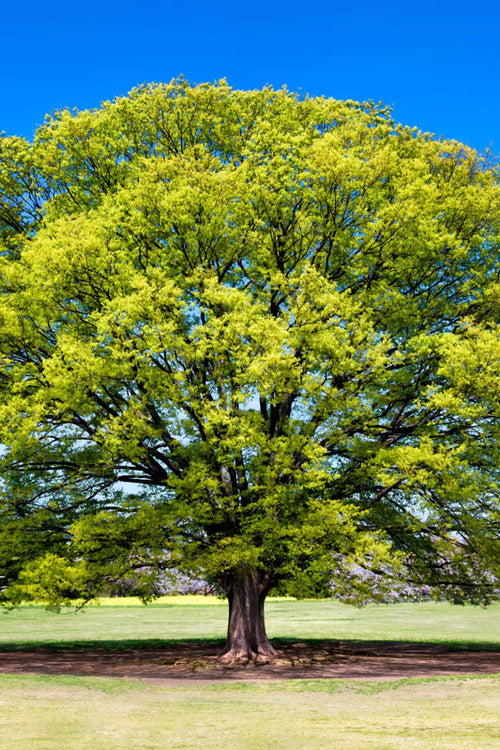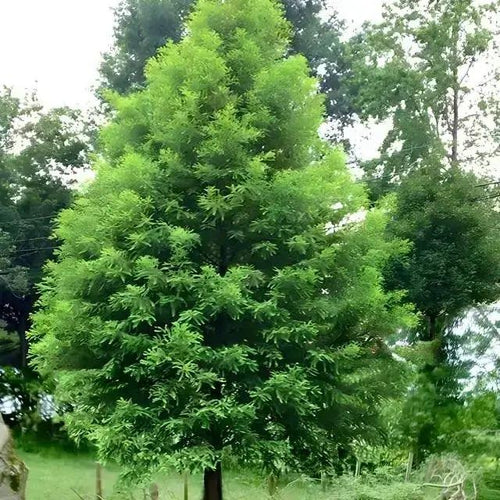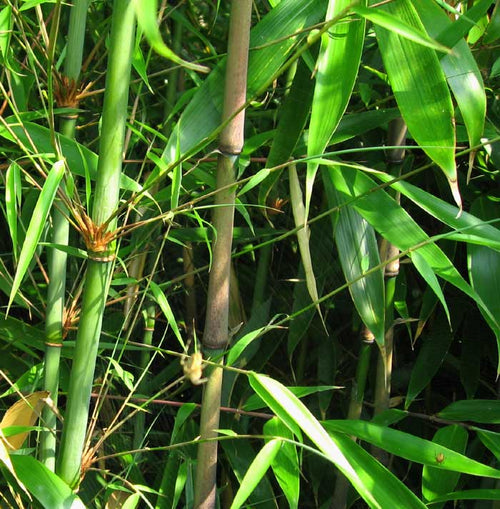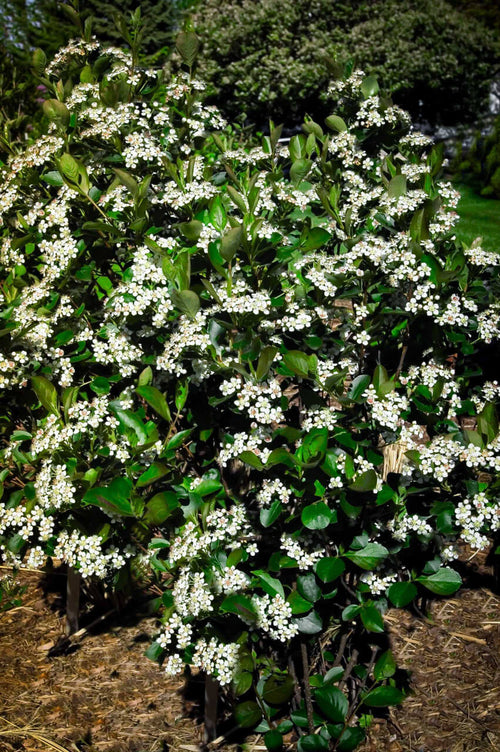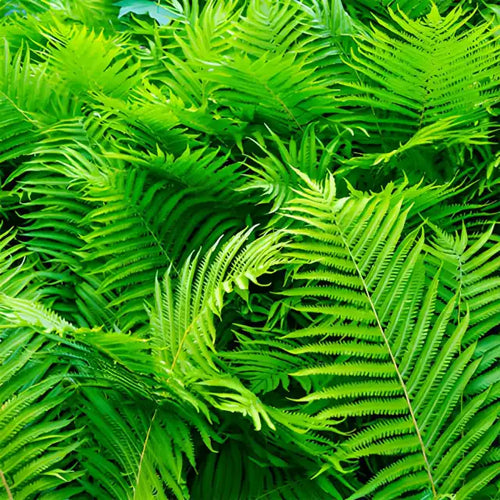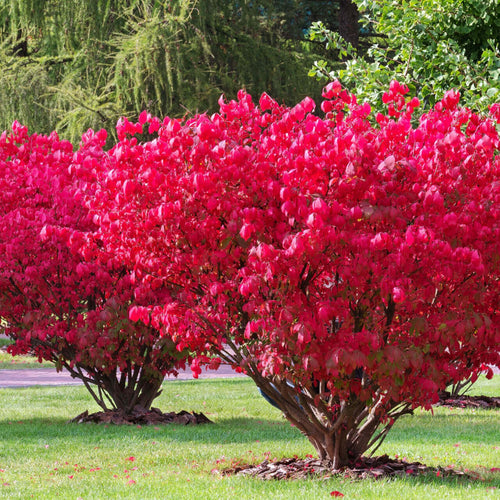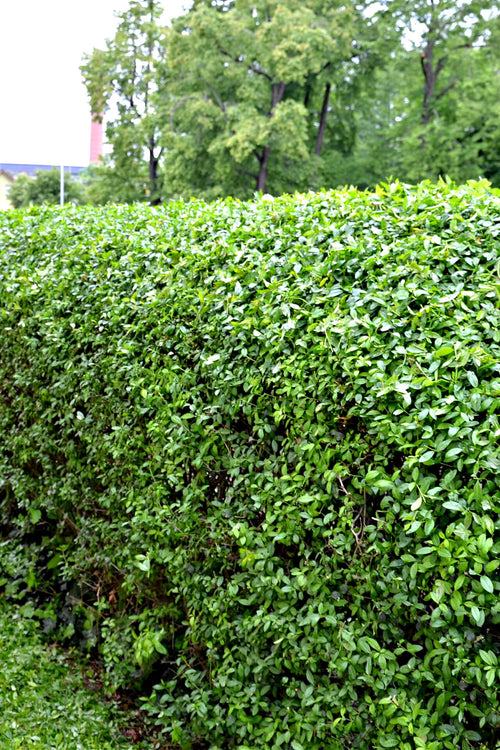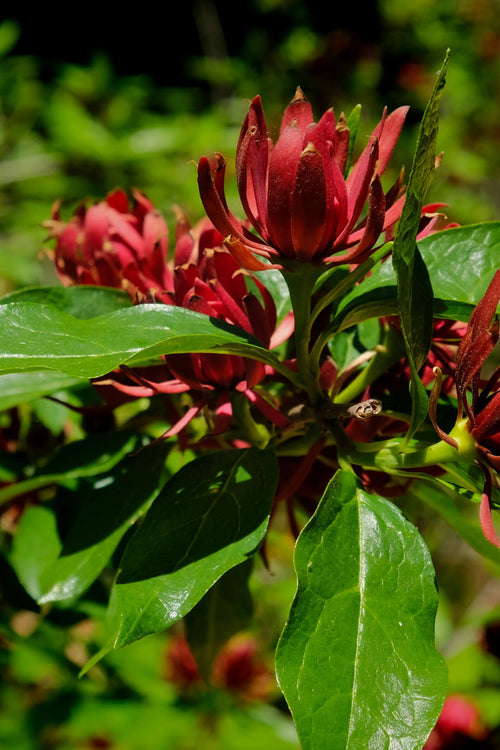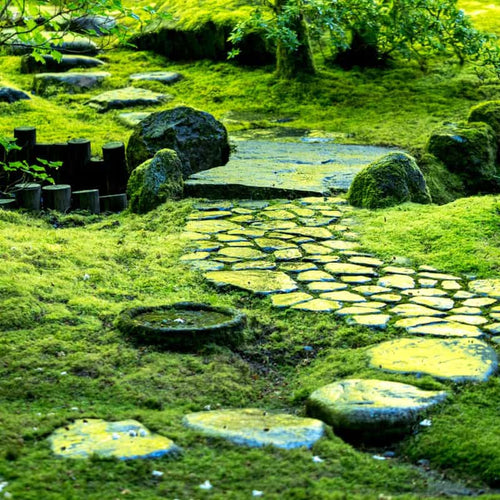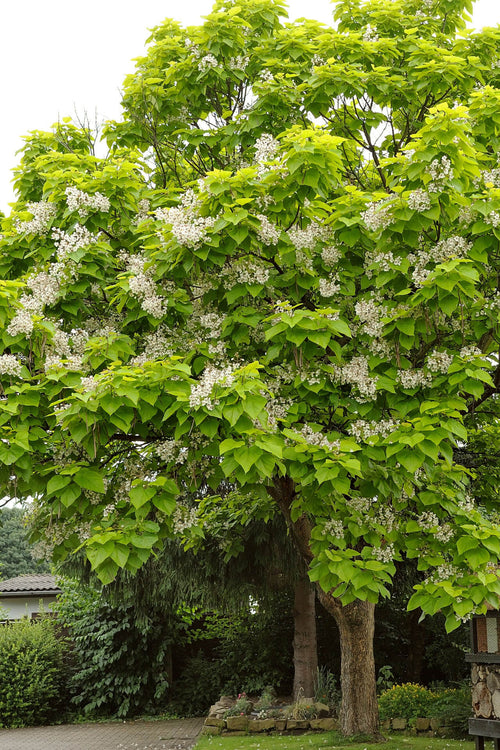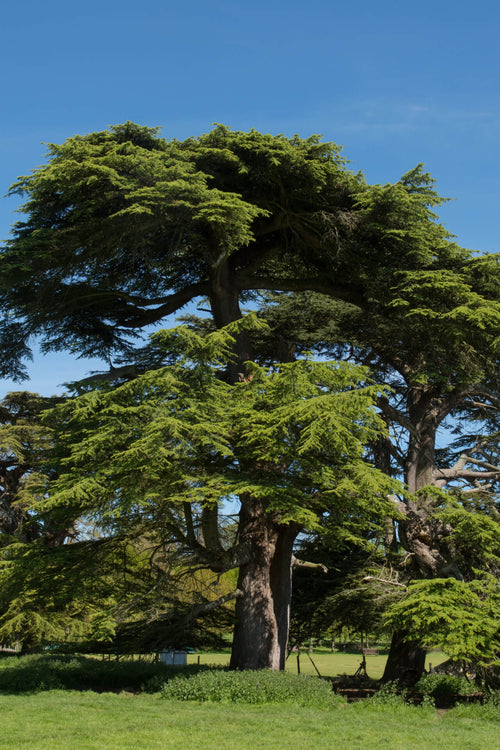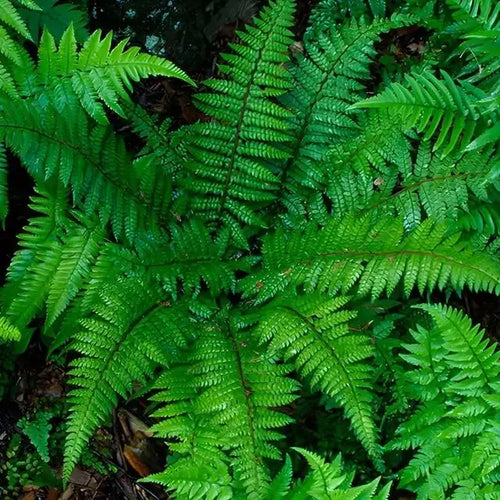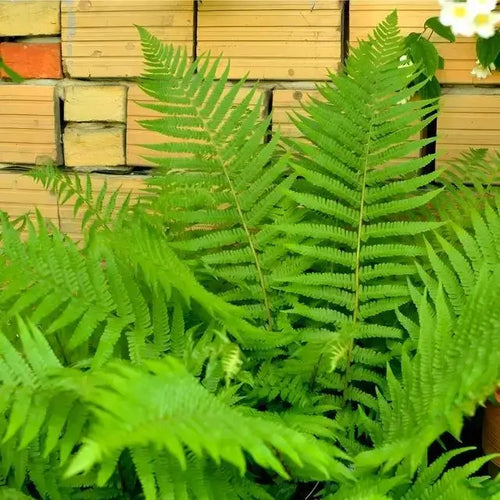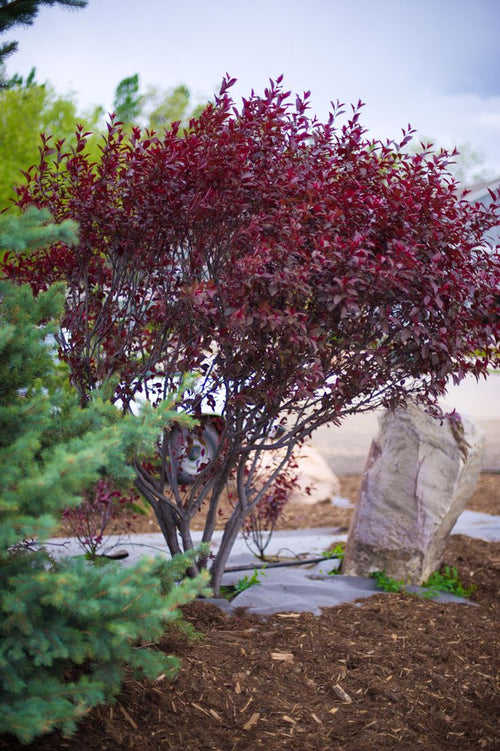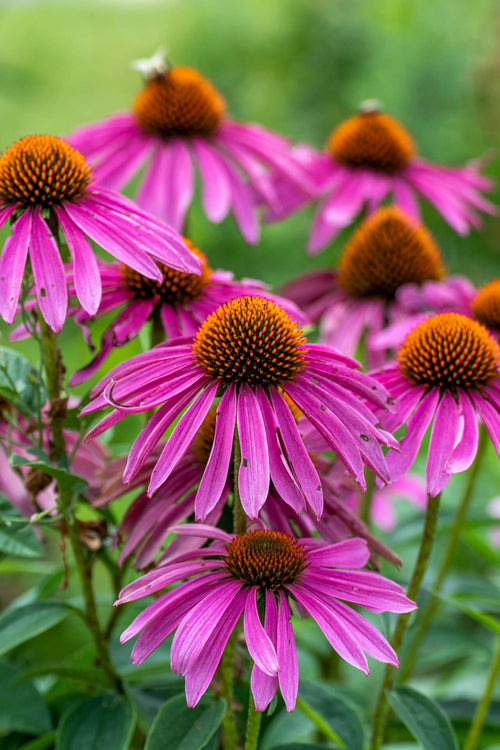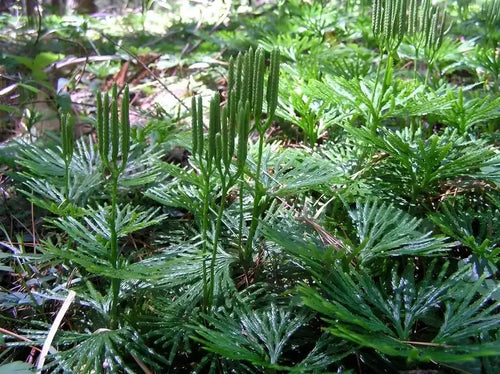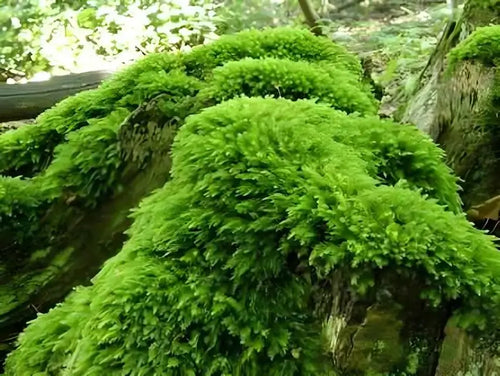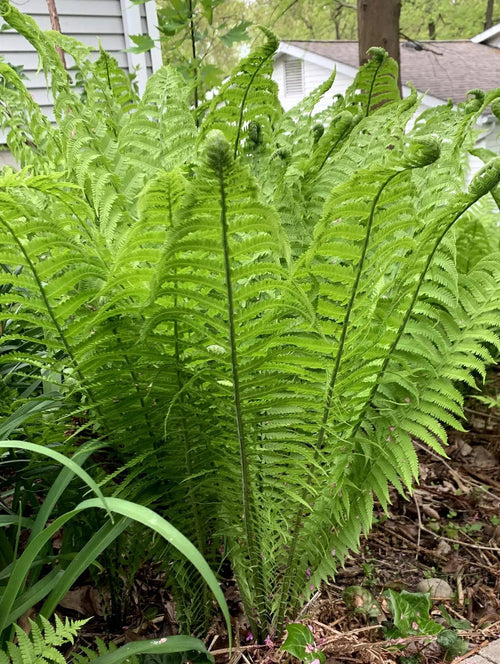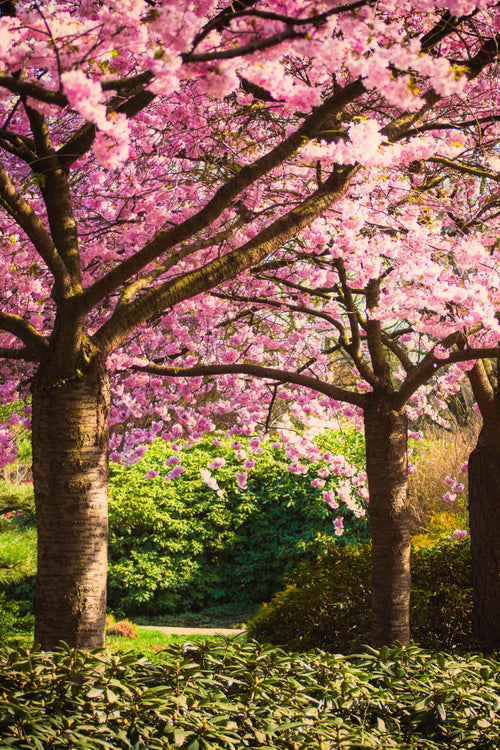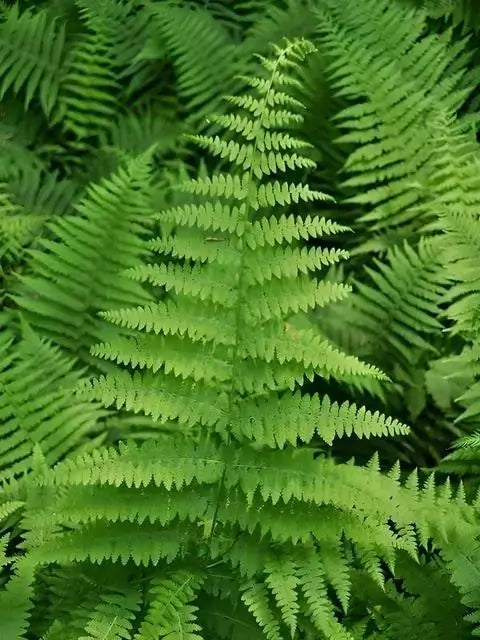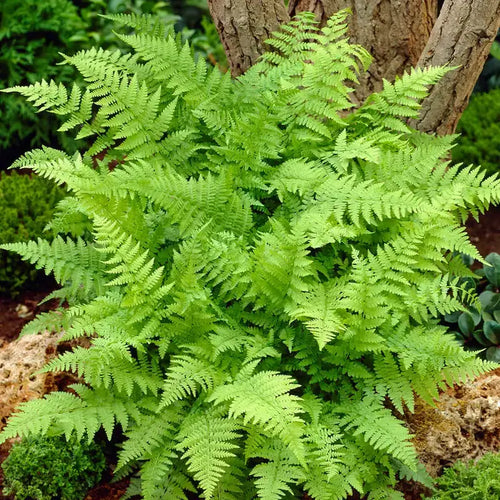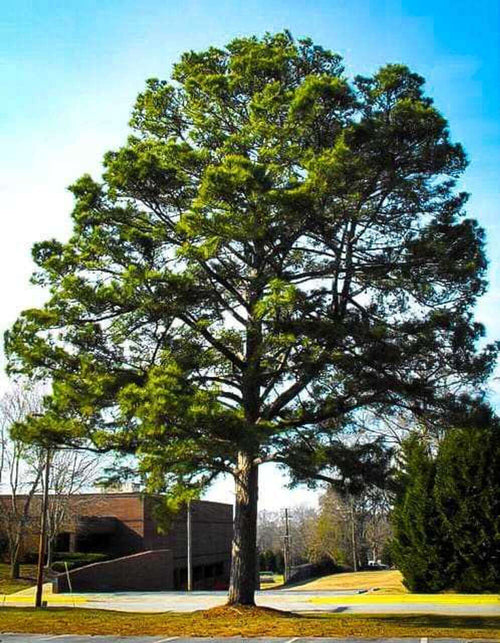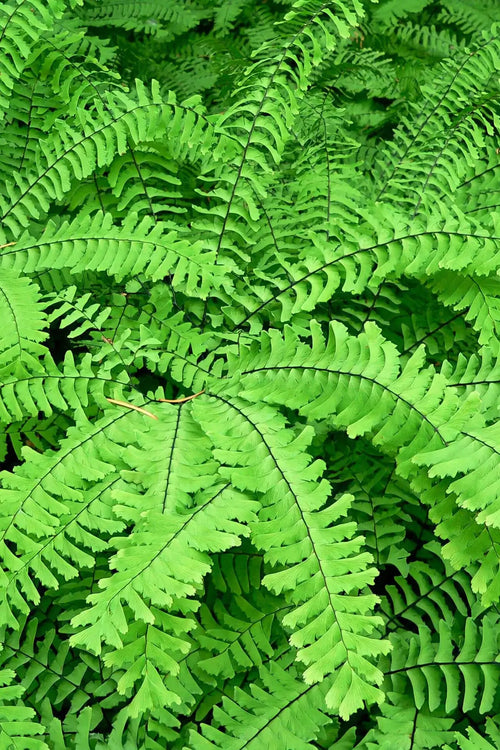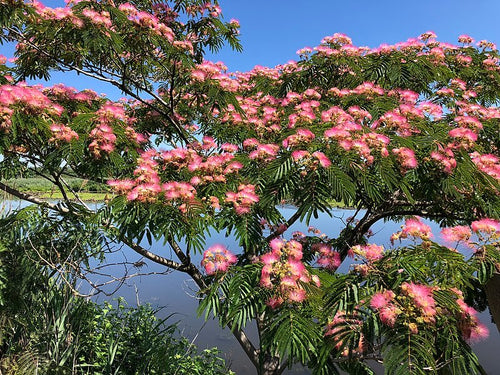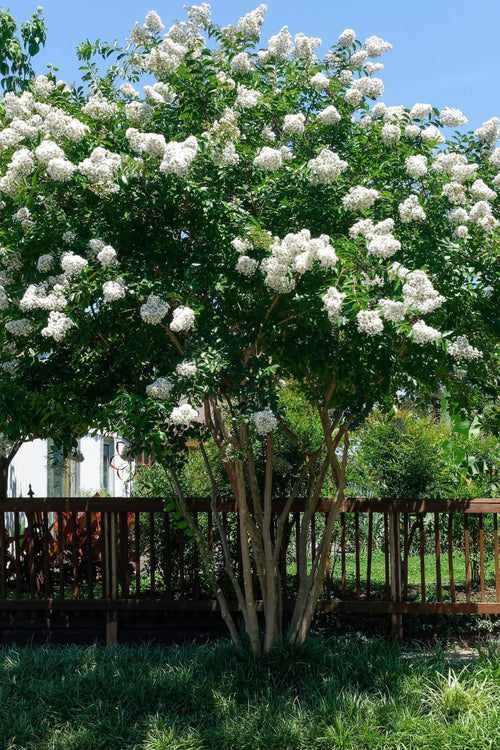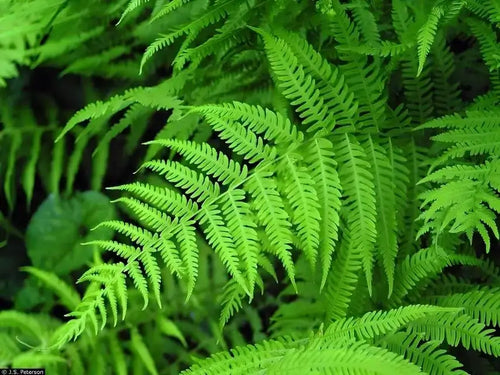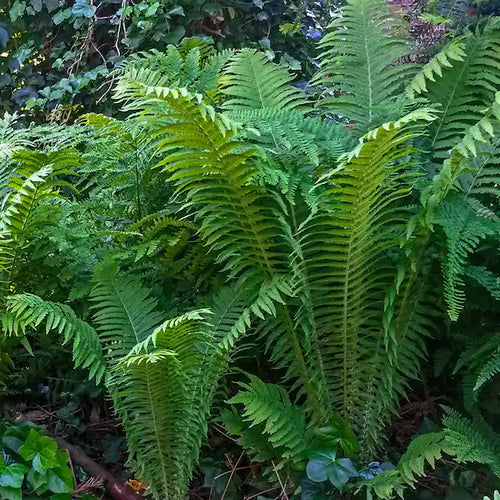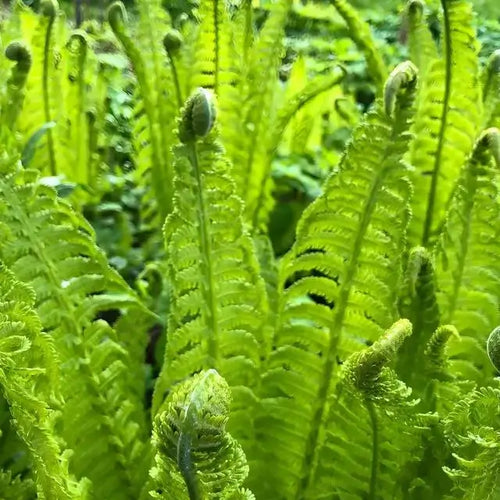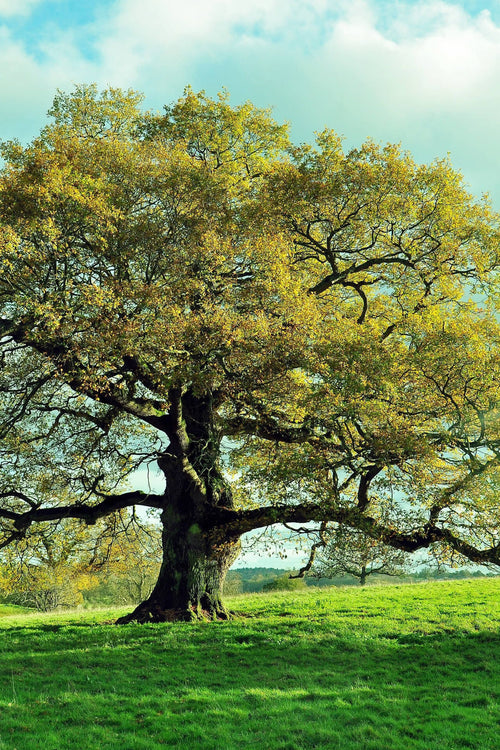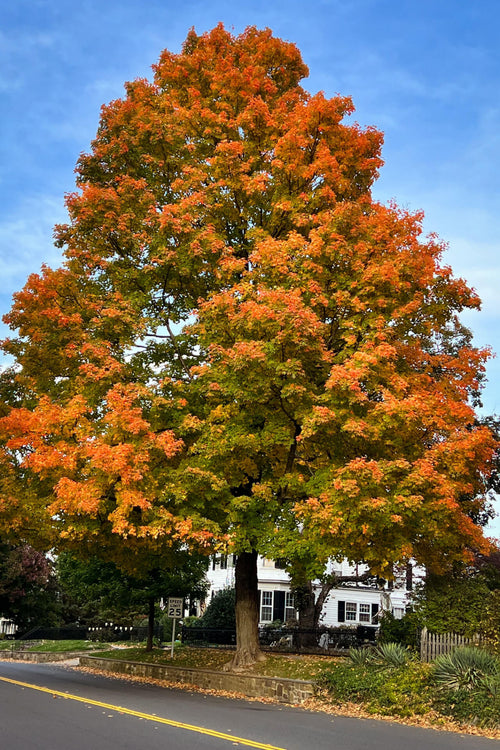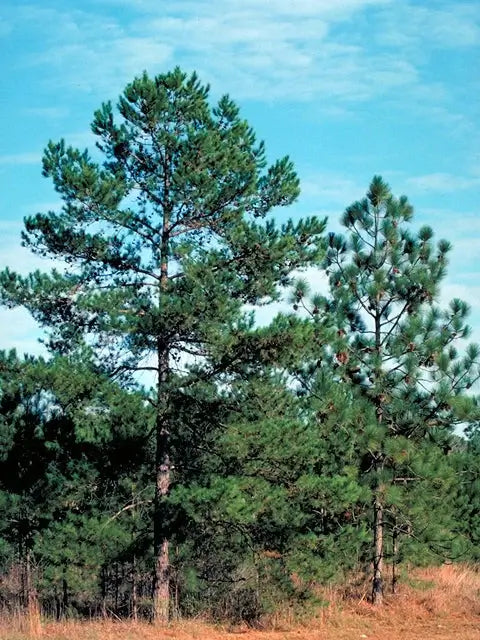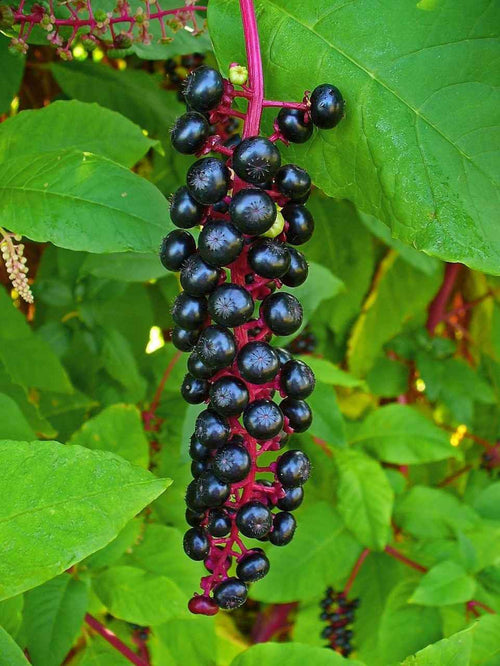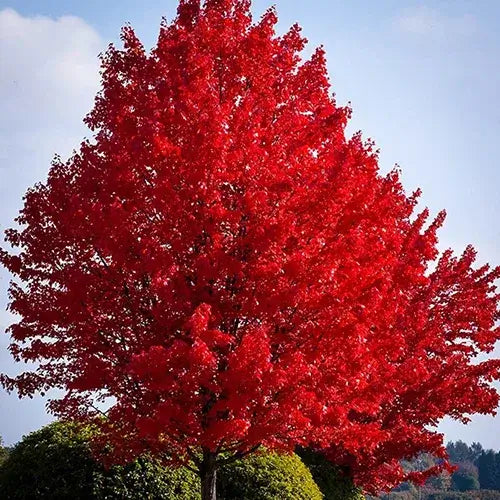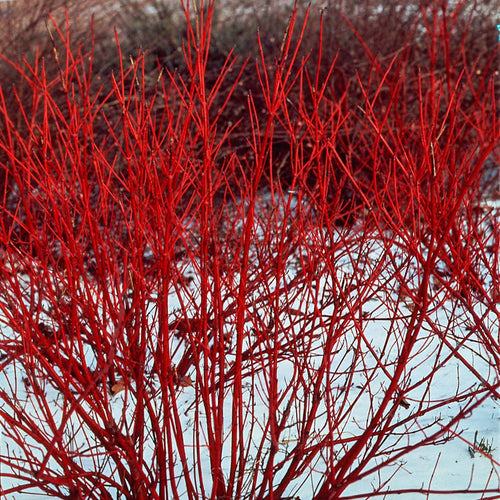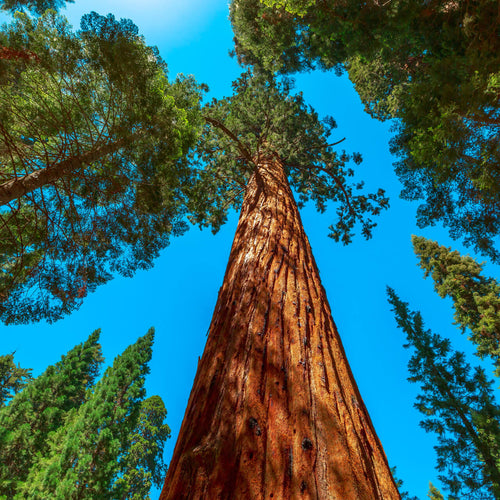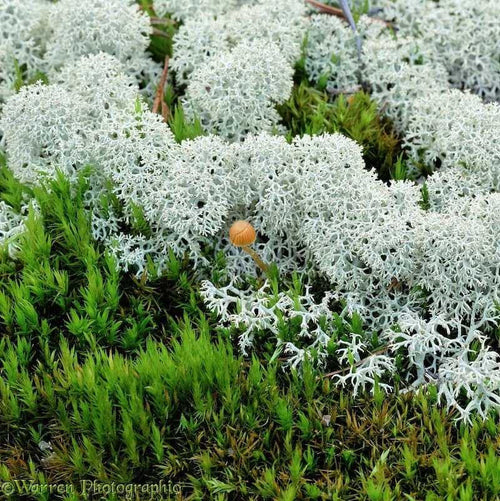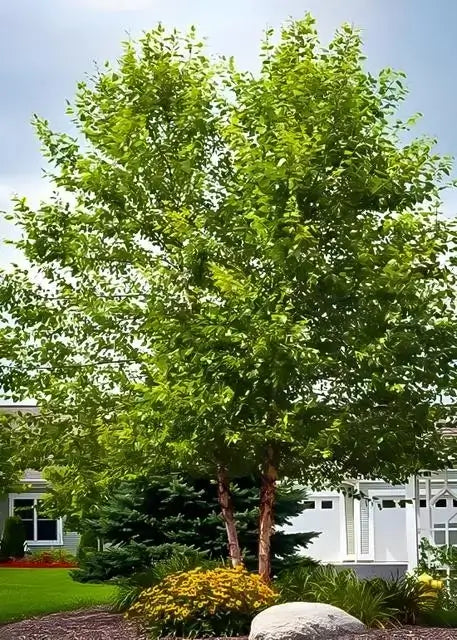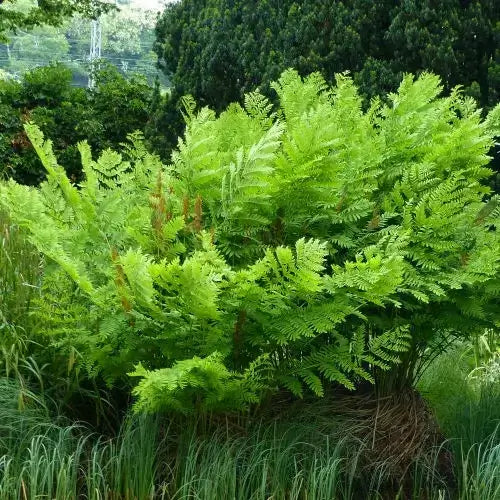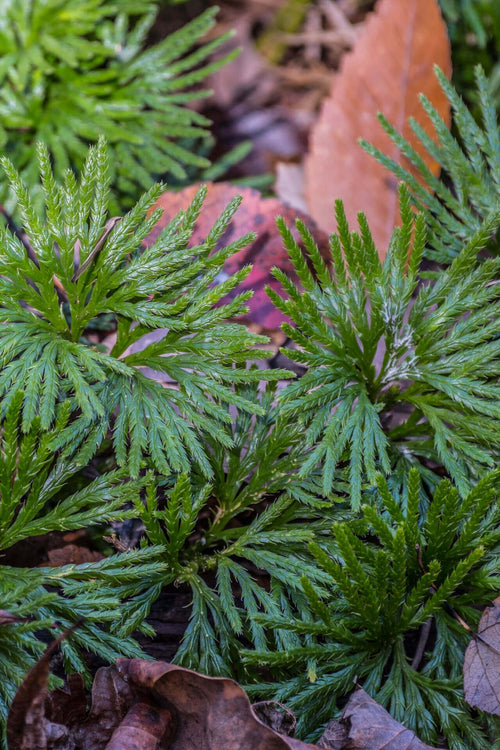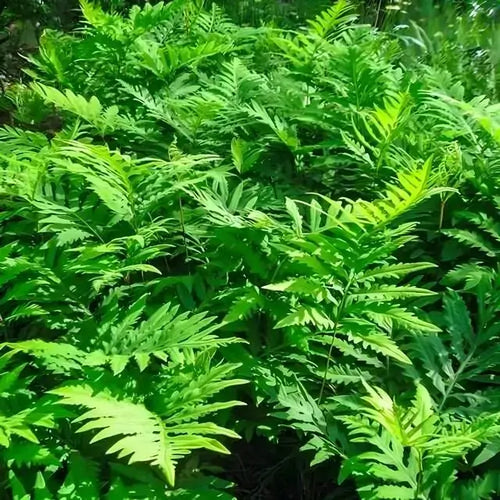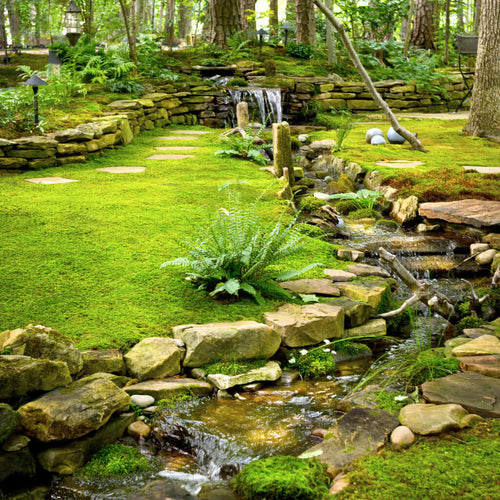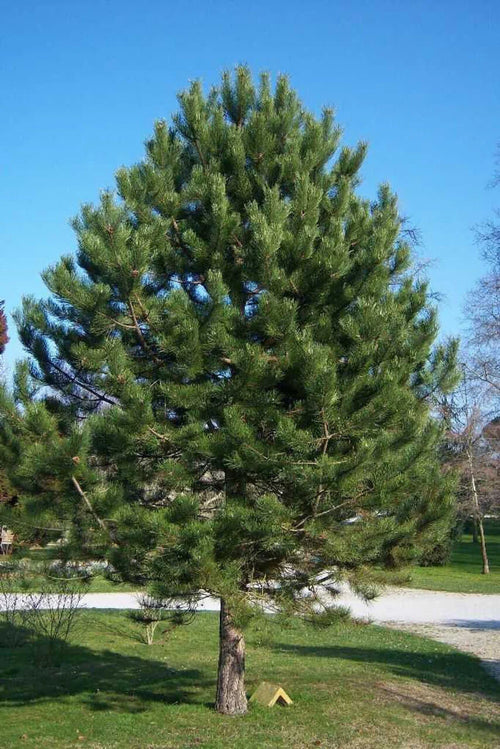Filters
There are few worse feelings than discovering deer have been munching on your plants. You wish they would feed elsewhere and have tried scarecrows and motion-activated lights with some success.
Deer Resistant Plants
Having a garden that attracts wildlife can help create an outdoor sanctuary and provide a place of relaxation. While many animals and other wildlife help maintain the overall health of your garden or yard, others can be harmful and may even destroy the result of all the work you put into it.
As peaceful as they usually are, they are one animal that can quickly ruin and destroy a garden or yard. They are known to be voracious eaters of many types of leaves and plants, and if not controlled, they can devour an entire garden.
Deer-resistant plants can help control them, keep your garden looking healthy, and do it naturally without chemicals or other harmful substances. Some flowers work well as repellants. Others give them a bitter or unliked taste and may make them avoid your yard altogether. Others yet, serve as natural barriers, preventing the issue from occurring. This does not mean you can still enjoy a vibrant and lush garden or landscaping. One of the best flower groups is ferns. Ferns come in various sizes and shapes and can be selected to fit perfectly in many areas of your yard. Some ferns, such as cinnamon ferns, add a touch of vibrant color in the middle of their leaves.
Some Oddly Enough Plants Are Moss
Moss is another great resistant flower that can work as a great substitute for other ground coverings. In general, they avoid flowers like moss and lichens. Reindeer moss and carpet moss can cover large areas below trees and other tall shrubs, while other varieties, such as fern moss, can grow much taller and may even be shaped with topiary work.
Shop Today At TN Nursery
Another natural resistant flower that can help keep them away is running bamboo. Running bamboo is a fast-growing and hardy plant that grows very well in various climates. The think bunching of the bamboo can help create a natural barrier to keep them out of your yard.

